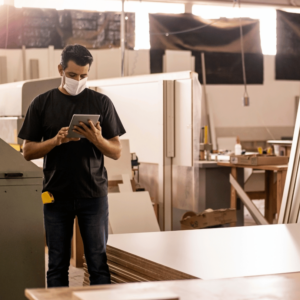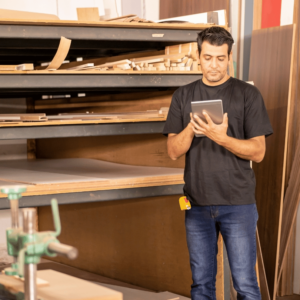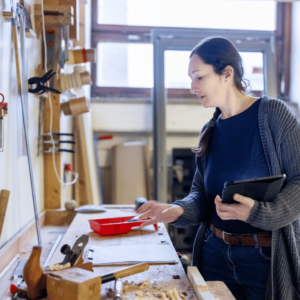The Power of 3D Learning in Carpentry and Construction College Courses
In the evolving landscape of education, the integration of technology has become paramount. One of the most transformative technologies to emerge in recent years is interactive 3D content and simulations. This is especially true for hands-on fields like carpentry and construction, where visualizing complex structures and understanding intricate details is crucial. Let’s delve into the benefits of using interactive 3D content and simulations in college courses, particularly for carpentry and construction.

Enhanced Engagement and Understanding
Interactive 3D content offers students a dynamic learning experience. Instead of relying on static images or text, students can manipulate 3D models, providing a deeper understanding of structures and techniques. For carpentry and construction courses, this means students can virtually dissect building structures, understand load-bearing points, or even visualize the intricacies of joinery.

Bridging the Gap Between Theory and Practice
In fields like carpentry and construction, there’s a significant gap between theoretical knowledge and practical application. 3D simulations allow students to practice techniques in a risk-free environment before applying them in real-world scenarios. This not only boosts confidence but ensures that students are well-prepared for on-site challenges.

Personalized Learning Experiences
Every student has a unique learning curve. Interactive 3D content can be tailored to fit each student’s pace, ensuring that no one is left behind. Whether it’s revisiting a challenging concept or advancing ahead, digital platforms cater to individual learning needs.

Cost-Effective and Accessible
Real-world training for carpentry and construction can be expensive, considering the materials and resources involved. 3D models offer a cost-effective alternative. Moreover, they are accessible anytime, anywhere, ensuring that learning is not confined to the four walls of a classroom.
Research Backing the Efficacy of 3D Learning
A study titled The Effectiveness of Interactive 3D Computer Models Over Traditional Methods in College Level Engineering Graphics Curriculum underscores the benefits of 3D learning. The research highlights how 3D models enhance comprehension, especially in fields that require spatial understanding.
Conclusion: The Power of 3D Learning in Carpentry and Construction College Courses
The integration of interactive 3D content and simulations in carpentry and construction college courses is not just a modern trend—it’s a necessity. As the education sector continues to evolve, it’s imperative that we harness the power of technology to offer students a holistic, engaging, and effective learning experience.
At VIVED Learning, we empower students and teachers with innovative, interactive STEM resources. Our platform contains over 1000+ fully dissectible 3D models, across STEM subjects such as Anatomy, Chemistry, Engineering, Biology and more.
Book a call with our expert team today to learn how VIVED can boost your students engagement and learning outcomes!
Like this blog? Check out our blogs on the best STEAM learning resources and study apps!





